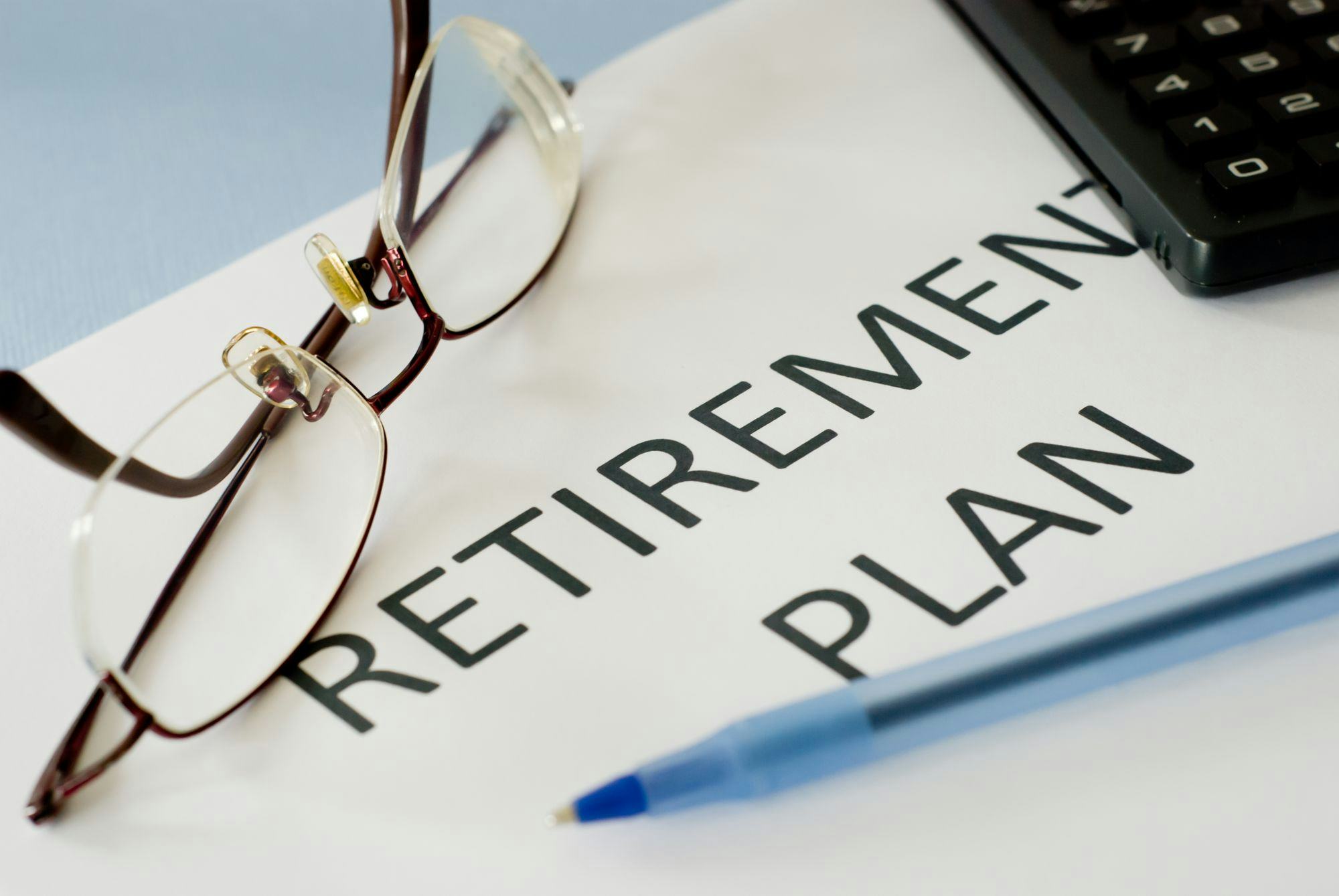It’s easy to feel overwhelmed when planning your retirement due to the time and effort needed to plan properly. After all, the decisions you make today will help determine the lifestyle you experience when you retire. The main elements of a retirement plan should include reducing your expenses, increasing your savings and obtaining the right insurance.
1. Plan your retirement
Less than 20% of employees in the workforce believe they’re on track to reach their retirement goals, according to financial wellness firm Financial Finesse. In addition, 61% don’t know if they’ll be able to retire comfortably at their current rate of savings. Developing a basic plan can go a long way toward alleviating these doubts about your retirement preparation.
The first step in retirement planning is to predict the amount of money you’ll need to retire, even if it’s just a rough estimate. Your current investments and other sources of income during retirement should allow you to calculate the annual savings rate that will be needed to meet your retirement goal. There’s no need to make your plan overly complicated at this point, especially if your retirement is in the distant future.
Implement your plan without unnecessary delay to ensure you don’t procrastinate. It’s especially important to act quickly if you determine that your current savings rate is insufficient to reach your desired goal. Getting on track may require you to increase your savings, reduce expenses, eliminate debt or simply accept a lower standard of living after retirement.
Track your progress toward retirement by performing a calculation at least once a year to see how well you’re following your plan. Retirement planning is a dynamic process that requires frequent adjustments, especially in response to major life changes such as marriage, divorce and children. Work-related changes such as promotions and layoffs also will require you to make significant alterations to your plan. Keep the lines of communication open with anyone who needs to know about these changes, including your spouse, family members and financial planner.
2. Cut expenses
A budget can be highly effective in reducing expenses, which is typically essential for a successful retirement. Unlike retirement plans that assess where your money went in the past, plans that incorporate a budget require you to predict where your money will go in the future. Essential living expenses such as housing, utilities and food should be relatively easy to predict in a budget, because they typically remain fairly constant. Discretionary expenses can be more challenging to project, but they, too, represent a prime opportunity to cut expenses.
Refinancing and consolidating debt also can be an effective way to reduce expenses, especially if you have high-interest debt. Even if you don’t carry any revolving debt, such as a balance on your credit card account, your mortgage is likely to be a large standing debt if you’re a homeowner. Consider refinancing your mortgage as a way to reduce interest-rate expense, especially if you bought your house during a period of high interest rates.
You can also borrow against the equity in your home as a means of paying for major expenses during retirement, when you’re likely to be living on a tighter budget. Home equity loans and home equity lines of credit (HELOCs) use your home equity as collateral, although they differ in the way you receive the funds. A home equity loan provides you the full amount of the loan upfront, while a HELOC provides you with a line of credit up to the maximum value of the loan. Figure’s HELOC combines features of both products by providing you the full amount upfront¹, but also allowing you to make additional draws as you pay off your borrowed amount.
3. Increase savings
Saving plans may generally be classified into employer-sponsored retirement plans and individual retirement accounts (IRAs).
Employer-sponsored retirement plans primarily include 401(k)s and 403(b)s. They can be excellent ways of saving for retirement because contributions to these accounts are made before paying taxes, meaning they reduce your taxable income. They’re also tax-deferred, so you won’t pay taxes on these funds until you withdraw them from your account. As an added incentive, many companies will match employee contributions to these retirement accounts up to a certain level. You should contribute at least the amount for which your employer will match to ensure that you receive the maximum benefit.
IRAs, such as a Roth IRA, also are a popular way to save for retirement, although they have more restrictions than employer-sponsored plans. In particular, IRAs place greater limits on contribution amounts. Health Savings Accounts provide a potential additional source of income during retirement in addition to their primary purpose of providing tax benefits for out-of-pocket, health care expenses.
4. Obtain insurance
It can be easy to overlook the importance of protecting your assets during retirement when you’re busy looking for ways to increase their value. However, you do need to think about your tolerance for risk and how you can reduce the impact of adverse events. The types of insurance that are most likely to affect your retirement are life and health insurance.
Life insurance is essential for your retirement if you have financial dependents such as a spouse or children. You should review your life insurance needs more frequently as your retirement approaches, especially after major life events. The major types of life insurance in the United States include whole life, universal life and variable life.
Health insurance should protect you from long-term events such as a permanent disability or prolonged illness. Your regular review of your retirement plan should include an assessment of any changes in your health status that affect your need for health insurance. You should also include health care costs in your budget if you’re concerned that your insurance won’t cover your needs during retirement.
